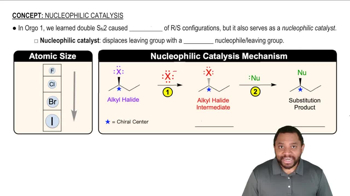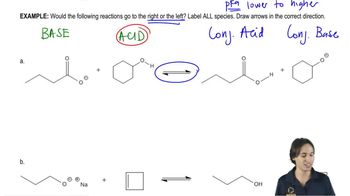Give the important resonance forms for the possible enolate ions of the following:
(d)
 Verified step by step guidance
Verified step by step guidance Verified video answer for a similar problem:
Verified video answer for a similar problem:



 2:26m
2:26mMaster Formation of Enolates with a bite sized video explanation from Johnny
Start learning